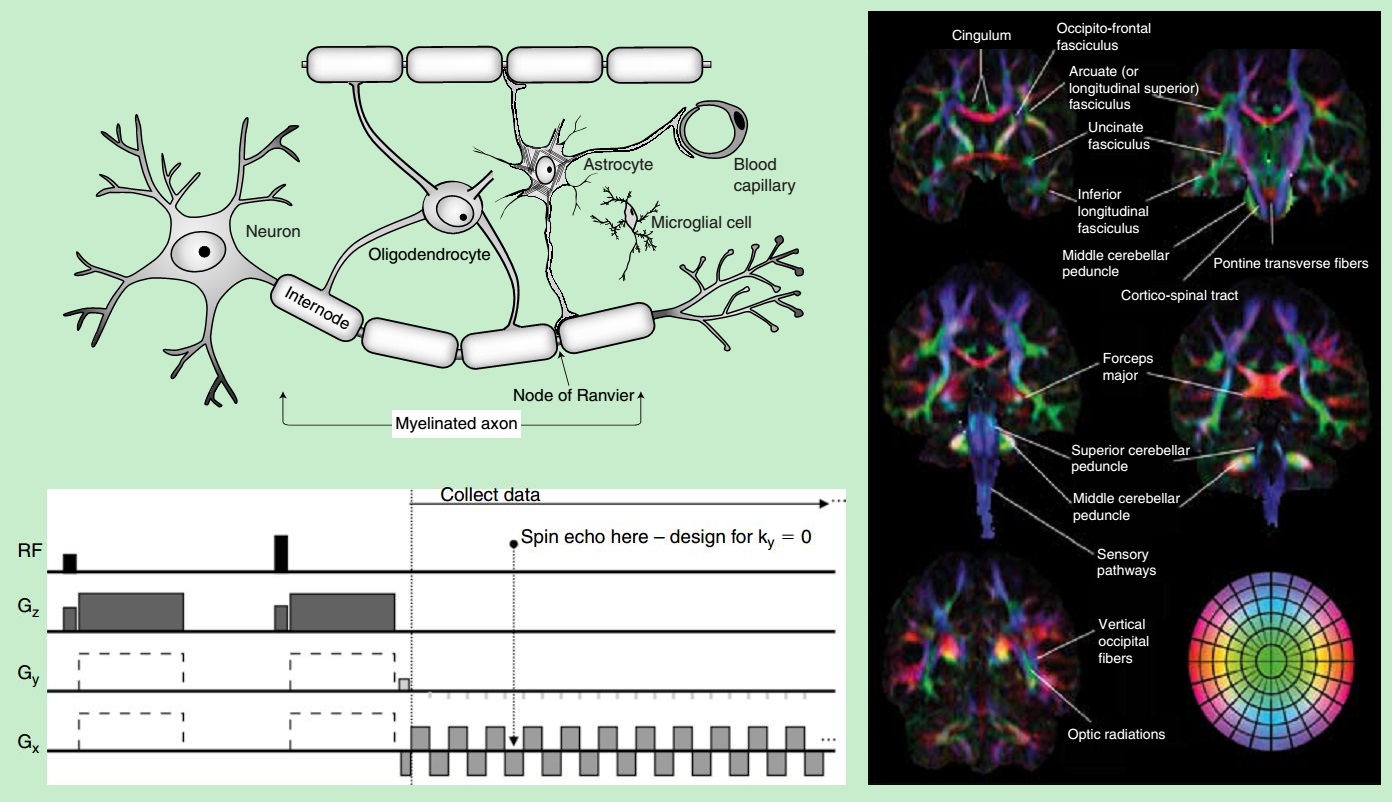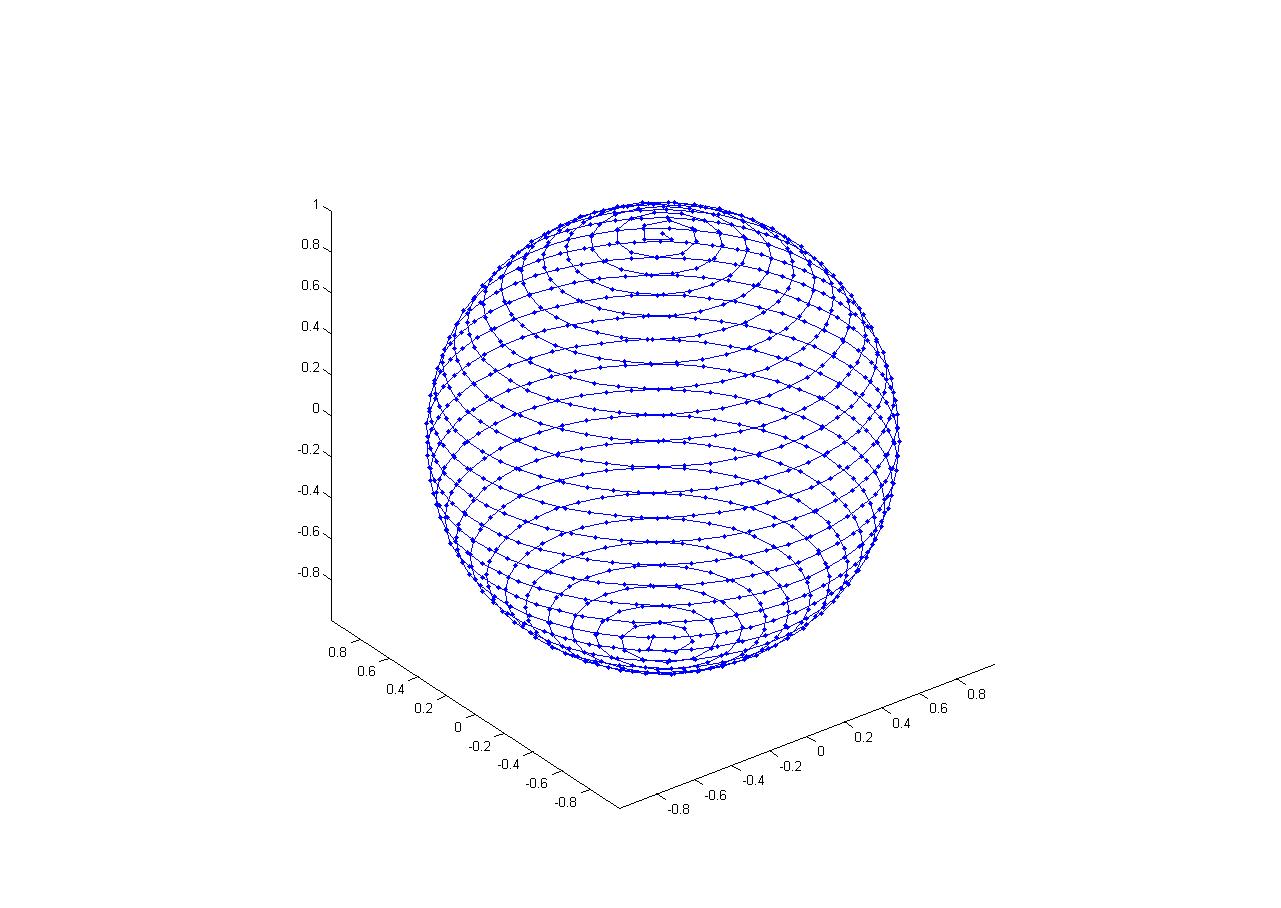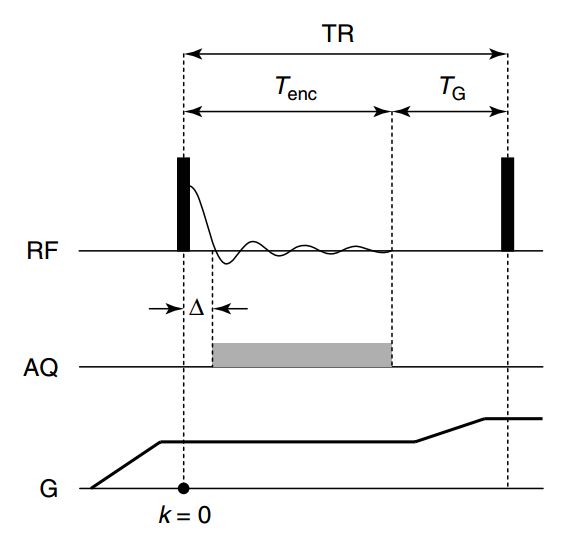In academic collaboration with:
GE Global Research; Max Planck Institute of Psychiatry; Cardiff University Brain Research Imaging Centre
Scientific Director: Prof. Dr. Bjoern Menze
Contact Person(s): Xin Liu
|
Keywords: IBBM: image acquisition
Abstract
The aim of the project is as threefold: first; to implement the silent diffusion MR sequence. We plan to work on echo planar imaging (EPI) sequence with sinusoidal readout and the zero echo time (ZTE) sequence. The ZTE has has advantage of reduced distortion and low acoustic noise compared to traditional EPI. The major challenge is to develop proper diffusion preparation scheme that is insensitive to motion and eddy current effect, and also to solve the phase error in multi shot sequence. The second goal is to develop proper reconstruction frame for the silent MR sequence. The third goal is to validate the method on volunteer and patients studies as soon as the sequence is developed.
Pictures

|
|
Figure 1: Applications of diffusion MRI and conventional acquisition scheme. On the left top is a schematic representation of the white matter, left bottom is a color-encoded fiber orientation map calculated from diffusion tensor data, on the right is a echo planar imaging (EPI) based diffusion sequence. The majority of diffusion technique is based on 2D single-shot SS-EPI; due to its high speed and insensitivity to motion. However; single-shot EPI sequence also suffers from limited spatial resolution and severe off-resonance distortion artifacts. Several non-EPI based diffusion sequences have been developed and validated in previous studies, like SSFP (Steady-state free precession) and FLASH (Fast low angle shot).
|
|

|
|
Figure 2: The trajectory of zero echo time (ZTE) imaging. It is a robust, fast, silent and 3D MRI approach. The frequency encoding gradient is updated for every spoke to achieve full coverage of 3D K space. For diffusion imaging,3D sequences have the advantage over 2D sequences in obtaining isotropic voxel and contiguous slices, thus improving the accuracy of diffusion analysis.
|
|

|
|
Figure 3: The acquisition ssheme of zero echo time (ZTE) imaging. the frequency encoding gradient in ZTE is turned on before the nonselective RF excitation and gradually reoriented with every TR, therefore reducing the slew rate and acoustic noise. However, data points in K space center is missing due to the dead time between RF transmit and data acquisition, which must be compensated to achieve robust reconstruction.
|
|
Team
Contact Person(s)
Working Group
Location

Visit our lab at Garching.
internal project page
Please contact Xin Liu for available student projects within this research project.




